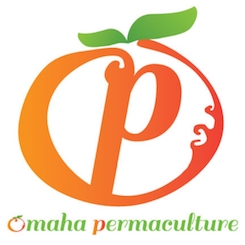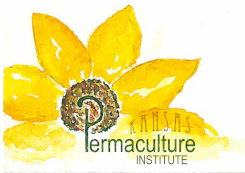In addition to the other sessions I posted separately, I attended several other sessions at NToTP 2019 and took less detailed notes. Here are the notes I have:
David R. Montgomery & Anne Bicklé: Growing a Revolution in our Mind when Ideas Get in our Way
- As recently as 2011 we thought more than 90% of biodiversity was animals.
- now we think it's 78% bacteria and only 7.3% animals.
- most species of organisms are endosymbiotic, that is, they live inside other organisms.
- The Semmelweis Reflex: reject new info if it threatens the way you've always done things.
- NPK fertilizer ≠ healthy plants, especially perennials. Lots of vegetative growth aboveground does not bode well for long term health.
Dr. David Johnson: Regenerating the Diversity of Life in Soils
- Addressing symptoms instead of causes leads to unintended consequences.
- What we need is a new model that makes the old model obsolete.
- Selenium is crucial to human health in very small amounts.
- Selenium deficiencies in the fossil record correlate with otherwise unexplained extinction events.
- Microbes do far more in the human body than we ever imagined.
- fecal transplants can cure many autoimmune diseases
- the same thing may work with agricultural soils.
- Agriculture is controlled disturbance. Growing annuals requires a 1:1 fungal:bacterial ratio, but disturbance is necessary to maintain that.
- Prehistorically this was done by grazing mammals
- windrow composting increases salinity and destroys the fungal community. static or vermicomposting produces appropriate salinity and F:B ratio.
- microbial diversity increases as compost matures.
- as F:B ratio increases, more carbon goes into plant biomass as opposed to soil, because it's no longer needed to grow the fungus.
- "BEAM" = Biologically Enhanced, Actively Managed agriculture
- increases all beneficial measures, including quorum sensing
- conventional organic is less productive than chemical ag, but BEAM is much more productive.
- brought Chihuahuan desert plot from 250 acres per cow to <20 acres/cow.
- Viruses are critical to microbial ecosystems, and we don't begin to know why.
- Instructions for making the compost are on Johnson's YouTube channel. Follow the instructions precisely the first time!
Jay Fuhrer keynote: Cover Your Stuff: Plant Green
- menokenfarm.com : biennial seed mix interplanted into crops. Flea beetle damage where there was no cover crop.
- plant soybean into ryegrass, then terminate the rye. A seed planter needs less downforce when planting into a green crop.
- "Everything through a stomach": sheep and yearling calves together on 21spp perennial pasture.
- graze off only the top 50% by weight (the most nutritious half)
- the bottom half gets cut and laid on soil surface as armor.
- Microbial biomass skyrocketed 4 years after beginning grazing, so be patient.
- chicken tractor, compost piles with no turning
- "microbiome digester" worm juice for seed trench innoculant
Grant Sims: Improving Soil & Systems for the Next Generation
- Victoria, Australia, 16" annual rainfall
- early adopters of no-till, early 1980s, phased out chemicals in 2008
- tillage radishes accumulate phosphorus in their root zones
- use disc planters to cut through stubble. Need 100% cover to protect soil life from summer heat.
- Inject rhizobium into soil rather than coating seeds to get more & deeper root nodules.
- use rotary screens to separate polyculture seed crops
- If you don't feel right using seeds that aren't treated, consider compost tea
- most insect diseases are fungal, so broad-spectrum fungicides result in healthier pests!
- set all vehicles to the same wheelbase and drive in the same "tram lines"
- teach the cows to walk in the tram lines, too
- Log in to post comments




